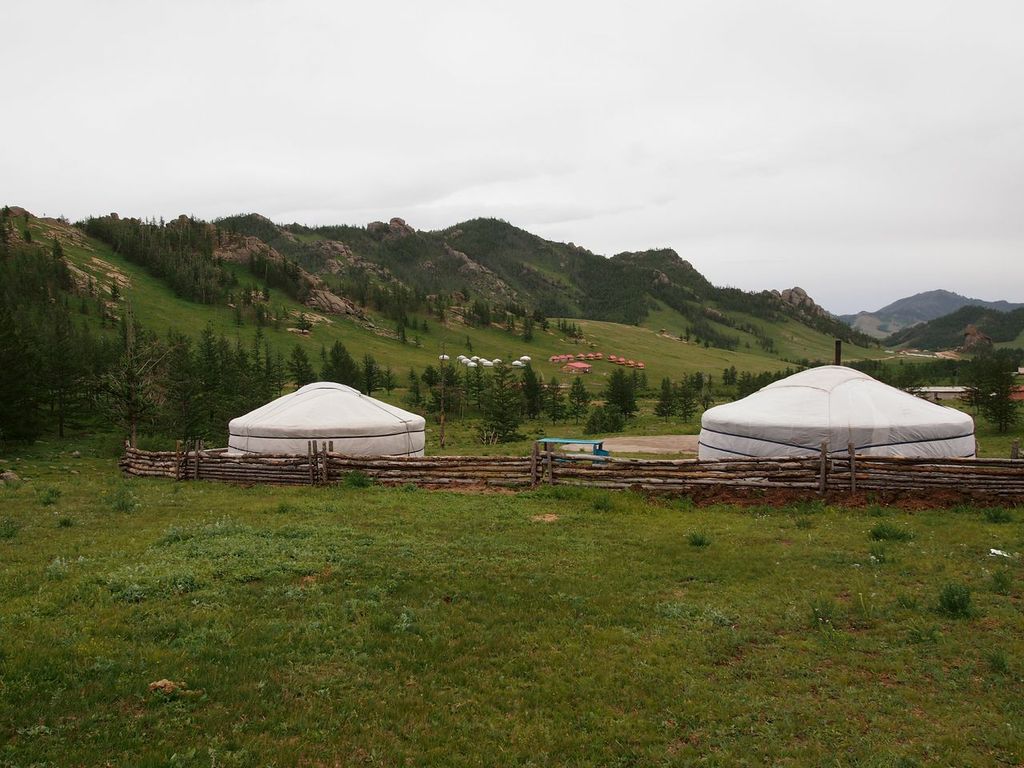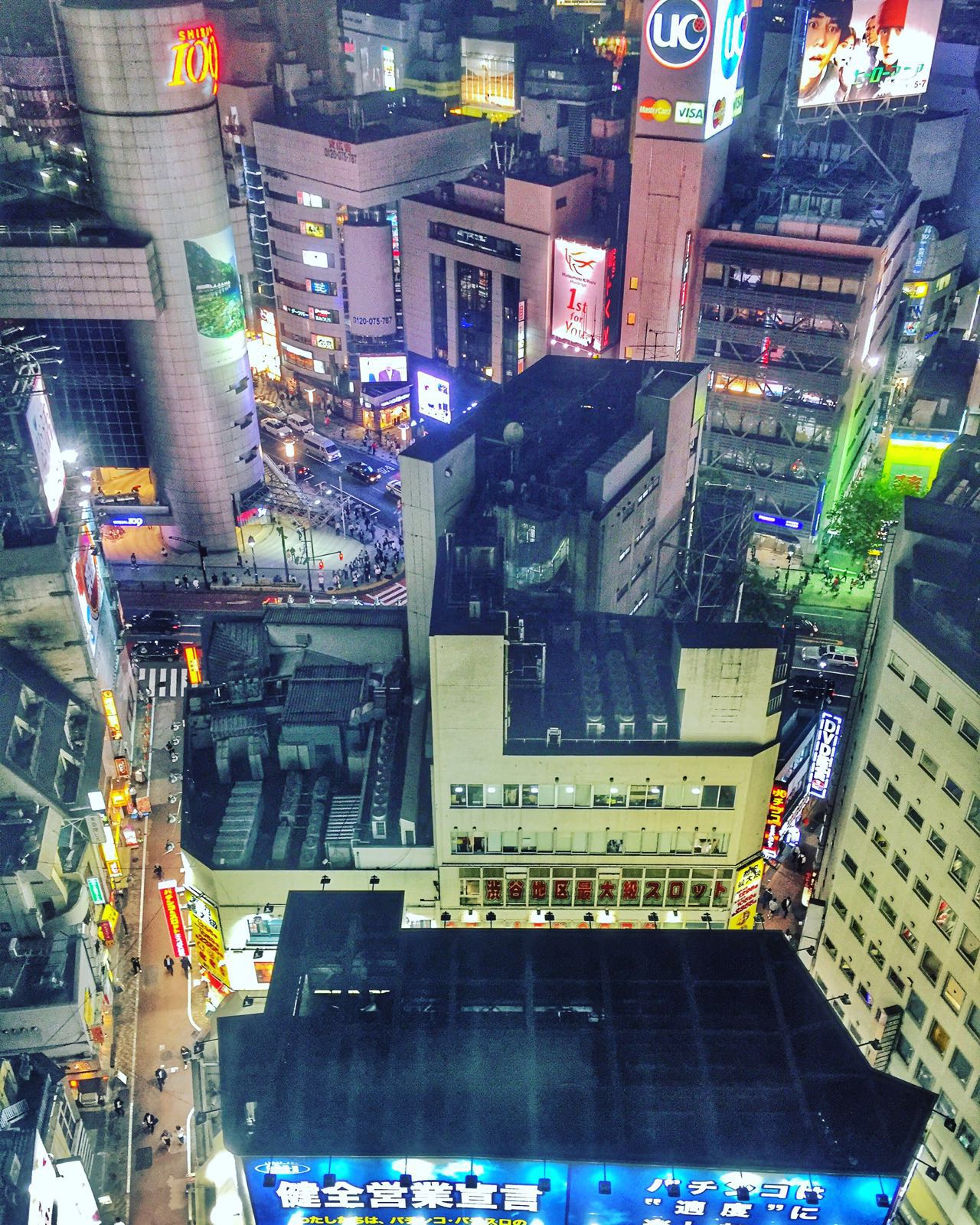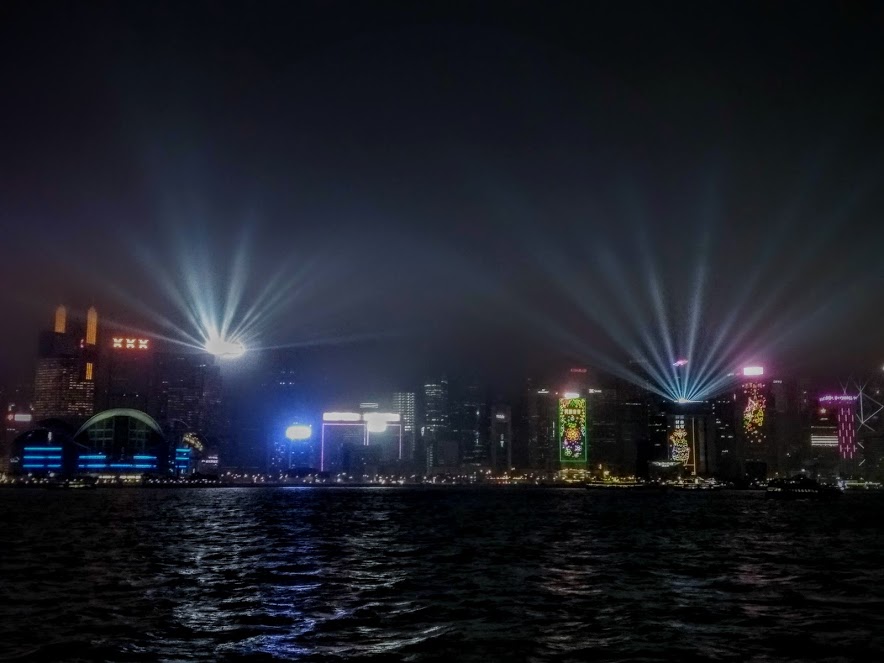Mongolia is on our bucket list of places to visit. We want to visit the vast expanse of the Gobi desert and go fly fishing for taimen and Amur trout. Yes, you can go fly fishing in Mongolia! About two weeks ago, we saw on Twitter that Jonathan Khoo of the blog Wanderlusty just returned from there. We asked if he would be interested in a write-up of his travels and Jon graciously agreed. He’s provided a very detailed account of practical matters for Mongolia. Thank you so much, Jon for putting this together for us.
—-
At the Airport
Because Ulaanbaatar’s airport is pretty small, the lines can be quite long (45 minutes or more) for immigration — the larger the plane, the longer the lines, especially if you’re on Korean or Air China’s A330 (which I was on, although this might have been a swap). The line on the left is reserved for passengers with children, although no one complained when non-kid-toters were in that line, and in fact the guard told us to move over there after that line dwindled. I’m not encouraging breaking of rules, but you may save yourself some time by just starting out there. Depending on your citizenship, you may or may not require a visa — US citizens do not for up to 90 days.
If possible, have a ride arranged through your hotel as there have been reports of shenanigans by cab drivers and non-cabbies offering rides. A good rule of thumb is $15 to the city center, which will take upwards of 30 to 45 minutes depending on traffic. A new shuttle bus was recently implemented that runs at hourly intervals to the Mongolian State University of Education a couple blocks east of Sükhbaatar Square. (Something to note: as of this writing, the government may or may not be renaming Sükhbaatar Square to Chinggis Khan Square.)
There is an ATM in the arrivals lobby. If you need a local SIM card, there is a Mobicom office located upstairs on the departure level, although you may get better deals in-town for voice/data packages.
On your return flight, there is a small lounge (Priority Pass-able) located immediately after passport control — turn right after you pass the booths and it will be immediately on your left. Don’t expect much: basic pastry items and so-slow-it’s-unusable wifi — a fellow passenger had to reset the router when the attendant wasn’t looking to even get it to work. Speaking of not working, the coffee machine was not when I was there, and note that the bathrooms are outside (the regular ones used by the gate). There are power outlets available on the far wall by the computers.

Mongolia. (c) 2013 Jonathan Khoo of www.jett.in – All Right Reserved
Money Matters
Mongolia is largely cash-based, although you can expect to use credit cards in larger restaurants and hotels. American Express is accepted, though not everywhere. ATMs are plentiful and in English, especially on Peace Avenue. There are signs on the street advertising ATMs in non-bank buildings. Notably, there is no ATM in the State Department Store, although there is a bank located halfway down the pedestrian zone across the street.
There are no coins in circulation anymore, so be sure your wallet is big enough to hold the bills you will get. The largest bill in normal use (20,000₮) is worth less than $14 (at the time of writing), and the smallest bill (10₮) is worth less than one cent, so you can imagine the wads of cash you will have. I’m not normally OCD about bills, but this was one time to really keep them in value order to save yourself from fumbling around too much when paying.
Language
Thanks to their period as a socialist state in the Russian sphere of influence, Mongolian is written in Cyrillic (though you will see the vertically-written Mongolian script used decoratively). The language is not related to any commonly-known ones, but knowing the Cyrillic alphabet will help a lot in terms of getting around, and because there are a number of Russian loanwords. For example, you’ll know you’ve found a bank when you see БАНК.
Most restaurants have English menus available, although do not expect staff to speak or understand English.
Orientation
Peace Avenue runs east-west through the city and is the main artery. Most of the main sights are within walking distance from Sükhbaatar Square, with the furthest walkable ones at about 30 minutes out, these being Gandan Monastery (to the west) and the National Stadium (to the south). Several places (notably Zaisan and the Bogd Khan Museum/Winter Palace) are further south and you would likely want to take the bus or a cab to get there.
Do not fully trust Google Maps. Often times places are incorrectly located and walking directions may not be correct (ignoring walkable roads and taking you the long way around), so it’s best to do a sanity check and know the general whereabouts of your destination before relying blindly on Google.
Hotels
There are not too many chain hotels in UB. A Best Western is located near the train station on the southwest side of town, a Ramada is on the west side near Gandan Monastery, and there is a Kempinski on the east side of town. There are smaller hotels and hostels, both of varying quality, more centrally located, but it’s important, especially during Naadam, to secure a room beforehand because many places will sell out. (The place I was at did, and I saw two different groups being turned away.)
Transportation
While you may not have much occasion to take the bus, it will help you get to places slightly further afield like Zaisan. Again, this is where Cyrillic knowledge comes in handy, since you will have a much easier time deciphering bus route maps. Buses are a flat fare of 400₮. Board through the rear door, paying the fare collector who will be wearing a blue shirt or smock; exit through the front. For more information (and pictures) on taking the bus, see this blog entry.
There are taxis, but settle on a price beforehand or insist that they use the meter and hold them to it, as there have been reports of tourist scamming. If you are fit and able, it may just be more pleasant and easier to walk if your hotel is central.
If you are thinking of a trip out of town, say to the Gobi, the giant Genghis Khan statue, or Gorkhi-Terelj National Park, keep in mind that roads are unpaved and very (VERY) bumpy, and are not marked with signs. Renting a car and self-driving are highly discouraged.
Free Wifi
There is free wifi in most busy parts of town, especially along Peace Avenue. Look for hotspots named Kewiko Free. There is no password and the sign-in screen consists of just one button. Push it and you’re logged on. A dedicated free hotspot at Sükhbaatar Square is named something like Kewiko-SB, but it can reach maximum capacity and not let you log in if the square is busy.
Kewiko offers a paid version with more hotspots (called Kewiko Wifi), but this requires purchase of some sort of login at a store and I was unable to find retail outlets, although admittedly I didn’t look very hard.
Note that there is no wifi at all at Gandan, and the National Stadium only has the paid Kewiko.
Shopping and Food
You’ll find everything you need on Peace Avenue, and if you’re really pressed, the State Department Store a couple blocks west of Sükhbaatar Square has it all, including a grocery store (with very slow checkout) on the ground floor and a souvenir shop. There are cheaper, smaller markets dotted around town. Restaurants and (western-style) bakeries are plentiful along Peace Avenue as well. For Mongolian food, keep an eye out for “Бууз” (buuz, Mongolian dumplings), or “Зоог”. Restaurant is “ресторан” like in Russian. If you’re missing food from home, there is a KFC on Chinggis Khan Avenue a couple blocks south of Sükhbaatar and a Round Table Pizza on Peace Avenue.
Seoul Street is the main drag south of Peace Avenue and has more upscale choices for food and groceries. There is a Whole Foods-like store called Good Price (even their logo looks the same), although most items can be found for cheaper elsewhere.
Besides airag (the fermented yak milk), you may also be served salty milk tea, which is like tea with cream and sugar…and salt. Yep. Do not be alarmed if the “milk” for your tea is salty. Add some sugar and think of it as drinking a tea version of Cracker Jacks.
Traffic
Lots. Allow extra time to get anywhere if you’re in a car or bus, especially when coming towards the center of town.
Basics
Toilets in buildings are usually western-style, although pay toilets (usually 200₮) like those in Sükhbaatar Square and the National Stadium are stationary portapotties.
Outside of town (including staying at gers/yurts), you will most likely be faced with an outhouse covering a large hole in the ground. On top of this hole are two planks that you stand on. Note that unlike a portapotty, there is no chemical agent in these toilets to help with the smell and insects. Take a deep breath before entering, hold your nose, don’t look down, and hope those planks are sturdy and you have a sure footing.
In all cases when using any toilet except at a hotel or airport, be sure bring your own toilet paper and hand sanitizer.
From Coca-Cola from Hong Kong to sugar from Germany to right-hand drive cars from Japan, it should be noted that almost everything in Mongolia is imported. Probably due to this, Mongolia uses several different types of plugs, so bring your converter. It’s a crapshoot, but in many cases you will be able to use your two-blade US plug (if it doesn’t have the third grounding pin), although some places may just have the European-style two round pin type. Voltage is 230V.
Naadam
This is the time to visit Mongolia. The weather is nice and everyone feels festive (or at least is looking forward to days off as part of the national holiday). This also means it’s peak influx season, so you will need to prepare. Secure your tickets to the games early, especially if you want to go to the Opening Ceremony. It may be easiest to go through a tour agency.
A ticket to the games really just gets you into the wrestling arena at the National Stadium. Archery (located in a small field next to the stadium) does not require a ticket. In addition to getting tickets to the opening ceremony, I recommend getting a ticket (i.e., wrestling) for either the morning or afternoon of the second day, spending midday at the archery range for the finals which end sometime after noon (this year, at 2 PM). Schedules are posted online several days before the start of Naadam (so early July) on infomongolia.com.
If where you are staying or a tour agency cannot secure tickets for you, you may be able to do it while in town. I met some people who bought theirs (full day of day two) at the tourist information center near Sükhbaatar for 50,000₮ (~$35); I got mine by emailing a bunch of different tour agencies for 40,000₮.
Note that horse-riding events are located outside of the city, so you will need to arrange a tour or some other form of transportation.
For more information on Naadam, see this post.

Archery at Naadam, Mongolia. (c) 2013 Jonathan Khoo of www.jett.in – All Right Reserved
About the Author:
Jonathan Khoo is an avid traveler; he’s finally taking advantage of his location-independence job after many years, with a new destination every month. He maintains Wanderlusty, a small blog about his travels, where you can find more detail about his trip to Mongolia (which itself was part of a larger vacation to Asia). He usually flies in economy (*gasp*) and believes in quantity (more trips) over quality (flying in business or first).
=====
To make sure you receive our latest deals, LIKE our The Flight Deal Facebook Page, follow us on Twitter @TheFlightDeal, or subscribe to The Flight Deal RSS Feed or Subscribe via Email (Once a Day)
The Flight Deal does not sell travel products or services. We provide you with information about third-party travel suppliers’ offers, and link you to their sites. The information posted by The Flight Deal is valid at the time of publication. However, we have no control over the suppliers, and we therefore do not warrant or guarantee that their offers will not change or become unavailable. Nor are we responsible for their products, services or site content. Please see their sites for their most up-to-date offer information and all applicable terms and conditions.
Sign up to receive The Flight Deal Daily DealsLetter, to stay up to date with the latest and greatest flight deals available.



